What are 'X' and 'Y' respectively?


 cases
cases

The correct Answer is:B
To solve the question, we need to identify the compounds 'X' and 'Y' formed from the reaction of the given reactant with two different reagents.
1. Identify the Reactant: The reactant given is CH=CHCHO, which is an aldehyde with a vinyl group (alkene) attached to it.
2. Reagent 1 - NaBH4: The first reagent is NaBH4 (sodium borohydride), which is known for selectively reducing aldehydes and ketones to their corresponding alcohols.
- When CH=CHCHO reacts with NaBH4, the aldehyde group (CHO) will be reduced to an alcohol (CH2OH).
- The alkene (C=C) remains unchanged.
- Therefore, the product formed (let's denote it as 'X') is CH2=CH-CH2OH (an allylic alcohol).
3. Reagent 2 - H2/Pd: The second reagent is H2 in the presence of palladium (Pd), which can reduce both aldehydes and alkenes.
- When CH=CHCHO reacts with H2/Pd, both the aldehyde and the alkene will be reduced.
- The aldehyde (CHO) is reduced to CH2OH, and the alkene (C=C) is reduced to a saturated alkane (C-C).
- Therefore, the product formed (let's denote it as 'Y') is CH2-CH2-CH2OH (a saturated alcohol).
4. Conclusion:
- 'X' is the product from the reaction with NaBH4: CH2=CH-CH2OH.
- 'Y' is the product from the reaction with H2/Pd: CH2-CH2-CH2OH.
Final Answer:
- 'X' = CH2=CH-CH2OH (an allylic alcohol)
- 'Y' = CH2-CH2-CH2OH (a saturated alcohol)
- When CH=CHCHO reacts with NaBH4, the aldehyde group (CHO) will be reduced to an alcohol (CH2OH).
- The alkene (C=C) remains unchanged.
- Therefore, the product formed (let's denote it as 'X') is CH2=CH-CH2OH (an allylic alcohol).
- When CH=CHCHO reacts with H2/Pd, both the aldehyde and the alkene will be reduced.
- The aldehyde (CHO) is reduced to CH2OH, and the alkene (C=C) is reduced to a saturated alkane (C-C).
- Therefore, the product formed (let's denote it as 'Y') is CH2-CH2-CH2OH (a saturated alcohol).
- 'X' is the product from the reaction with NaBH4: CH2=CH-CH2OH.
- 'Y' is the product from the reaction with H2/Pd: CH2-CH2-CH2OH.
- 'X' = CH2=CH-CH2OH (an allylic alcohol)
- 'Y' = CH2-CH2-CH2OH (a saturated alcohol)
Similar Questions
Knowledge Check
The most stable form of carbon at high temperature is X. The C - C bond length in diamond is Y while C - C bond length is graphite is Z.
What are X,Y and Z respectively?AGraphite 1.42Å,1.54ÅBCoke, 1.54Å,1.84ÅCDiamond, 1.54Å,1.42ÅDFullerene, 1.54Å,1.54Å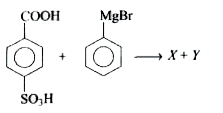 X and Y are respectively :A
X and Y are respectively :A B
B C
C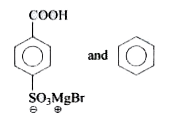 DNone of these
DNone of these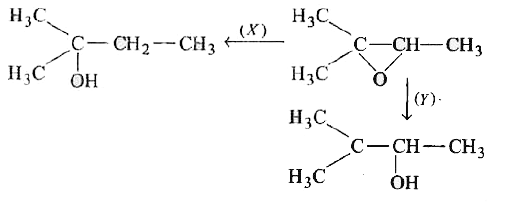
(X) and (Y) are respectively :ALiAlH4andNaBH4BLiAlH4/AlCl3andLiAlH4CLiAlH4andLiAlH4/AlCl3DH2/NiandH2/Pt
If the number of σandπ bonds in vinyl acetate are x and y respectively. What is the sum of x+y?
View SolutionIn ionic solids AB and CD , radius -ratios are x and y respectively. If x +y=0.75 and x-y=0.25 then cations in AB and CD are respectively in
View SolutionConsider the following reaction X and Y respectively are
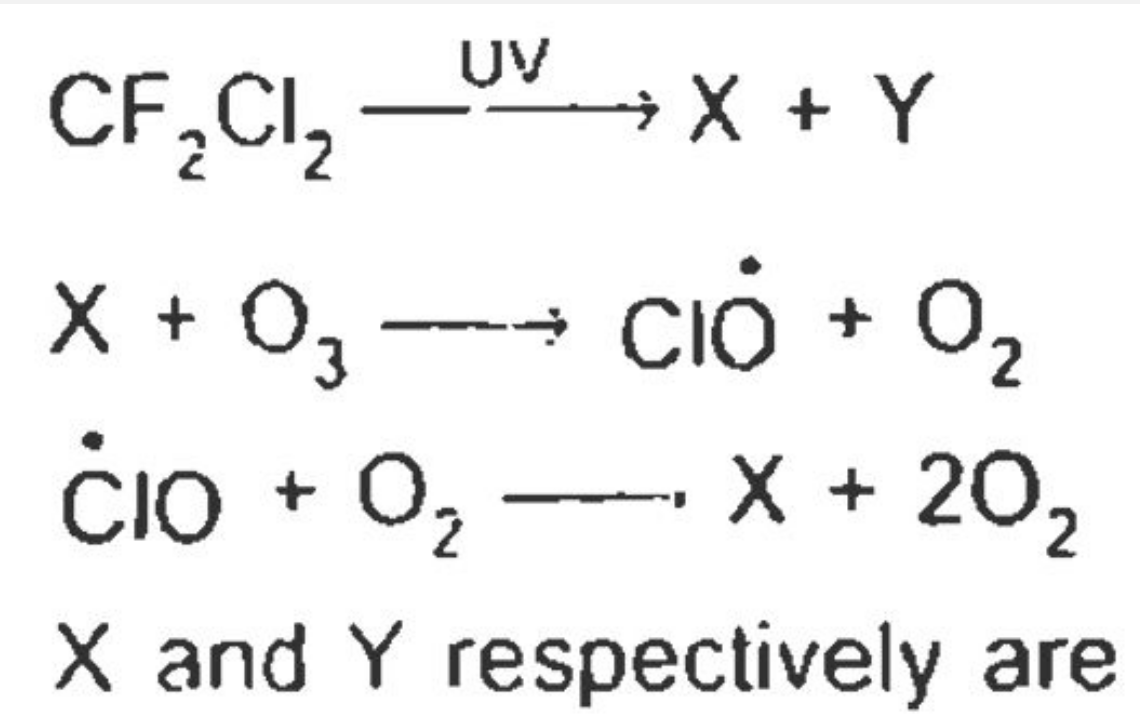
View SolutionThe major product of "X" and "Y" are respectively

View SolutionIn this given reactions,
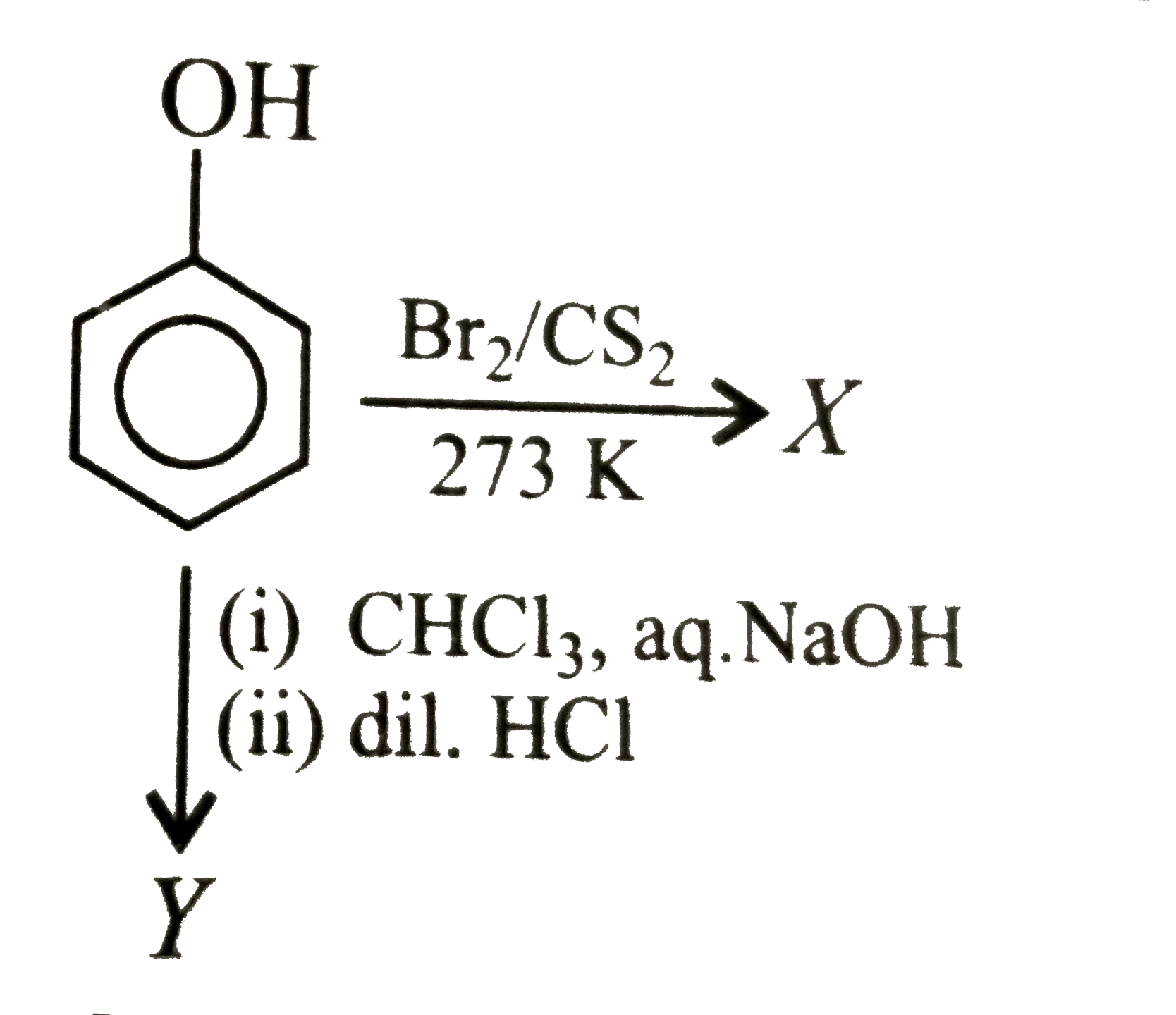
X and Y are respectively
View Solution

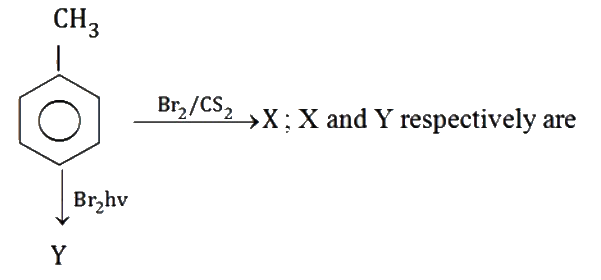 X and Y respectively are
X and Y respectively are 